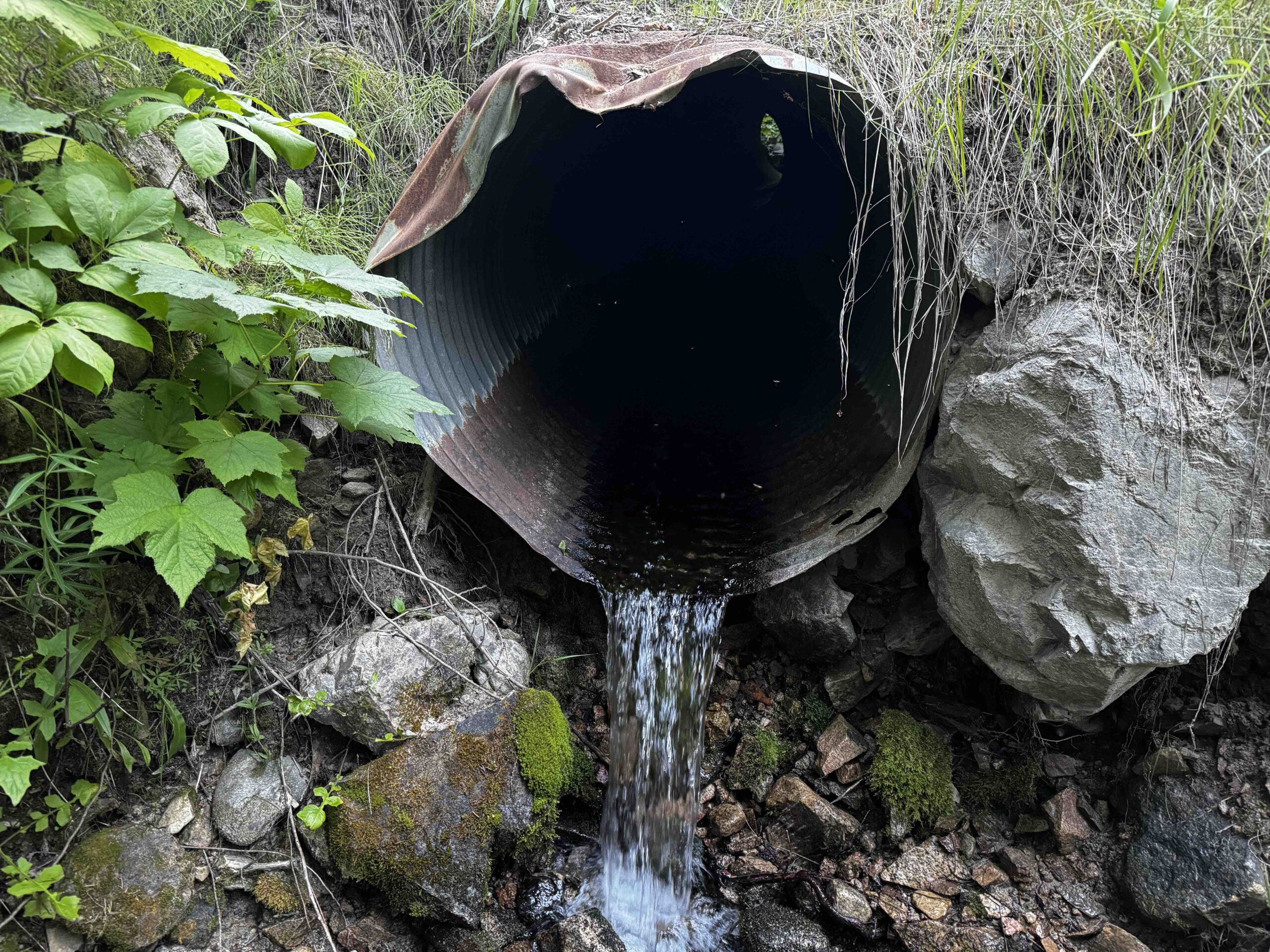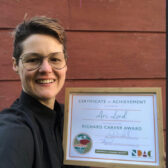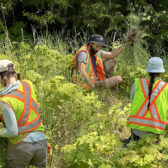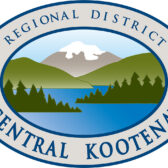Slocan Valley water users group protests proposal for logging in sensitive watershed
A plan to log part of a community watershed in the Slocan Valley despite a study pointing to low water flows has the users on that system in protest.
The Dumont Creek Water Users Group began a petition and obtained 35 names of local residents opposed to a proposal by Slocan Integral Forestry Cooperative (SIFCO) to log part of 598-hectare Winlaw Woodlot 1832.
Unfortunately, 300 of those hectares are where the headwaters of the Dumont Creek Watershed are located, noted Winlaw resident and user group spokesperson John Wittmayer, almost half of the 678 ha. of the watershed.
Six years ago a consultant was hired by SIFCO to act as a consultant and supply a prescription to the Selkirk Natural Resource District — part of the Ministry of Forests — to commercially log and build haul roads through the most sensitive parts of the Dumont Creek watershed and its tributary basins.
The consultant is not a Professional Registered Forester, yet he’s been conducting himself as if he were, Wittmayer contended, raising potential legal questions. Only a Professional Registered Forester can make important prescriptions, conduct forest policy and logging activities, but the consultant has been supplying cutting and road building proposals to the Ministry of Forests for many years now, he added.
The mapping the consultant provided lacked important detail, did not outline critical stream crossings or ephemeral streams, seeps, marsh, wetland areas and culvert placements, Wittmayer continued, nor did it indicate where gravel beds would be required to lay across marsh and wet areas.
That decision making has left the community and its watershed negatively impacted, Wittmayer stated.
“(A)s our creeks continue to dry up, we cannot condone someone who does not have the professional credentials to work and advise in the capacity he has,” he said.
“Our watershed is not a robust one, with high volume, fast flowing creeks that go kilometres into the mountains with high elevation snowpacks. It is, in fact, a shallow, low elevation watershed, with minimal snowpack. The feeder creeks that drain this watershed dry up most years now, and climate change stressors indicates that this trend will continue into the future.
“Currently, these creeks are completely dry or close to it. There is very little snowpack or none to sustain and recharge this watershed.”
Despite the contention, SIFCO is moving ahead with their cutting and road building proposal for the Dumont Creek Watershed. The area has been logged previously, including road building practices, “seriously impacting” the Dumont watershed, said Wittmayer.
“This is clearly a death sentence for what little water our community still has access to,” he said. “This proposal goes far beyond … wildfire interurban mitigation work which most of the community supports.”
Two years ago Living Lake Canada began monitoring the stream flow on Dumont Creek as part of the Columbia Basin Water Monitoring Framework program.
“Over the last two summers, we have measured remarkably low flows on this creek,” noted the program’s manager, Paige Thurston, in a November, 2023 letter to the Selkirk Natural Resource District. “These low flows are particularly concerning given the volume of water allocated for users downstream of our gauge station is nearly equal to the total discharge of the creek at certain times.
“Given the significant demand on this creek relative to the measured flow, any disturbances or impacts to the watershed may result in adverse effects for community drinking water supply and the environment.”
Thurston supported a moderated dialogue between Selkirk Natural Resource District, SiFCO and Dumont Creek Water User Group to identify a mutually agreeable course of action. The user group is also consulting with a hydrologist and hope to work with him to stop SIFCO.
If a tree falls
Wittmayer believed SiFCO was merging a commercial logging proposal with its wildfire mitigation work under the guise of additional fire mitigation.
“In other words, they are leveraging the community’s fear of wildfire in order to get a commercial logging and road building permit from the Selkirk Natural Resource District,” he explained as five major wildfires burned out of the control north of Winlaw, and over 1,000 homes are under evacuation order.
With SiFCO obtaining a Section 52 cutting permit from Selkirk Forest District it could begin logging and road building operations at any time.
The Dumont Creek Water Users support type one treatment for wildfire mitigation, Wittmayer explained, but it is the type two treatment involving commercial logging activities and road building they object to.
“Most of the community don’t realize that this means they will be in the watershed for years to come,” he said. “This compounds the possibility that the quality, quantity, and flow of our water will become impacted over time.”
Type one involves thinning the forest using non-mechanized techniques — providing jobs for locals — but it does not include commercial logging plans. They want to conflate the commercial logging proposals as an integral part of their ‘fire mitigation’ approach. We find them purely transactional when it comes down to their motives.

























